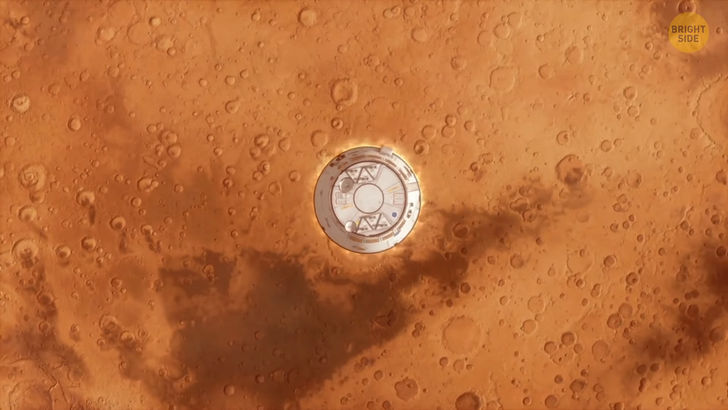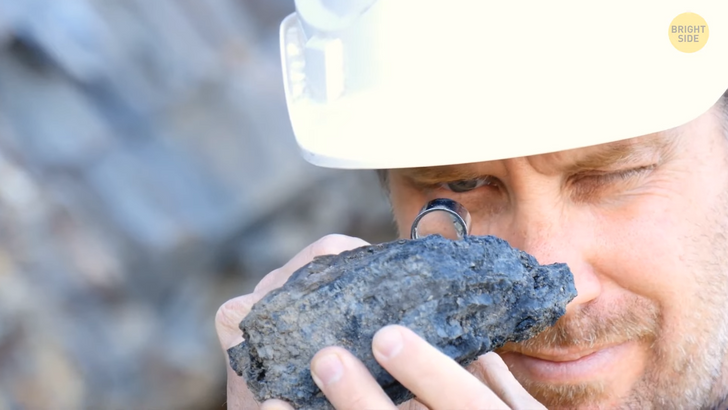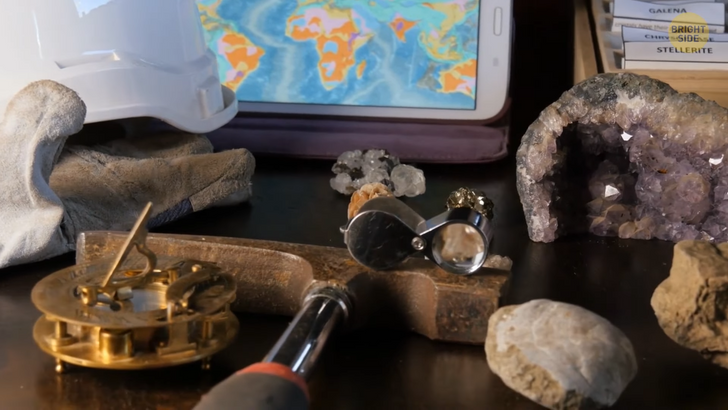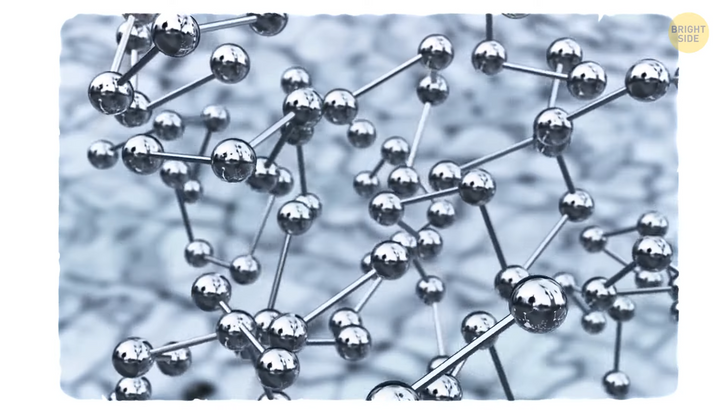12 Life Twists That Feel Like a Rollercoaster With No Seatbelt


We’ve now reached a point in scientific development where we can simply invent materials that don’t exist naturally on Earth. A team of scientists responsible for this amazing discovery has managed to put together a substance that has only been found in meteorites so far. This material — called Tetrataenite — is a mixture of two metals: nickel and iron. Sure, we have plenty of nickel and iron right here on our planet, but not in this precise combination. The difference is that when these two metals travel through space in meteorites, they get cooled down over the millions of years of their journey. You may think of a meteorite, in this case, as a floating washing machine. Only this one never stops working. It keeps spinning materials over and over again at a very low temperature. These conditions were responsible for creating Tetrataenite. But why is this material so important?

It turns out that this unique substance is extremely useful for creating magnets. Not just any kind. High-end ones, also called permanent magnets. They’re used in a lot of expensive machinery these days, for example, in electric vehicles or even in space shuttles. You might know that magnets are crucial pieces in many devices we use today, especially in those that need to transform electrical power into some sort of movement. Things like electric clocks — whose hands need to constantly keep moving to tell the time — or cars, which need some sort of power to spin their wheels in order for the vehicle to move.
The problem is most of these magnets are pretty easy to produce and quite cheap. But they are not very powerful. In advanced devices, like space shuttles, we need stronger magnets. They need to resist extreme temperatures and amounts of pressure for long periods of time. Let’s take space shuttles, for instance. Whatever we send out into space needs to be as low-maintenance as possible. Why? Because every time a device needs fixing, it’ll need to make a trip to Earth and back. This can get extremely expensive and even dangerous, especially when astronauts are also involved.

For a magnet to become permanent, it needs to contain something special: rare earth. It might sound like some sort of a magical amulet from a fantasy book, but the explanation is pretty simple. Rare-earth elements — also called REE — are a set of seventeen metallic elements. They are featured in the periodic table — you know, that thing in chemistry class that contains a lot of elements, most of which you’ve never heard of. Regardless of your feelings towards high school chemistry, these elements are super important since they are used in more than 200 products these days. I bet it’s the first time you hear you have these rare elements in your house! Let me name a few devices: your cellphone, the hard drive of your computer, your flat screen monitor, or even your TV. You might even have these elements in your car if you have an electric or hybrid one. Most of the time, these elements are only found in really small amounts in these devices. But without them, such gadgets wouldn’t work.

That’s where Tetrataenite might come in handy. It’s a pretty good candidate for replacing these rare earth elements. Why do we need to replace them in the first place? Well, for starters, because they are pretty rare — obviously. But also because they are too expensive to extract and process. Most of the time, rare elements aren’t found in nature on their own. They are combined with other elements, and taking them apart needs a lot of time and effort. If this new element could be synthetically developed in labs, it might mean less hustle in the future to develop new and more advanced pieces of technology. Scientists have also just invented the world’s blackest... black. Or the darkest material on Earth — let’s call it that. In fact, it’s a pigment that can easily confuse your eyes. You can’t determine its shape and form when looking at it. It’s called Vantablack, and it is made out of carbon nanotubes. They absorb 99.96% of all light that hits their surface. For comparison, any other standard black surface, like that of your hoodie, or a wall, or anything else you can imagine, can absorb anywhere between 95% and 98% of light rays.

It’s easy to see why people describe this material as a black hole. It’s cool to look at it, sure, but I don’t think you’d look good in a piece of clothing covered in Vantablack. That’s because the shape of the human body would become invisible altogether, and you’d end up looking two-dimensional. There’s a “whitest white” in our world, too, but it can be found naturally. It has a lot to do with a pretty cool insect: the Cyphochilus [pronunciation here] beetle. It is considered a pest in Southeast Asia, but its white scales can be brighter than any other white surface found in nature. Scientists have carefully studied this creature and invented a new type of super-white coating. The substance found in it is called chitin — a chemical compound closely related to glucose. It reflects light very well. Most of the white products we find in stores today, like sunscreen or toothpaste, have special particles that reflect a lot of light. But in most of them, these particles are titanium dioxide or zinc oxide.

Do you want to know how powerful the new white pigment is? If you’ve ever had to paint a wall white, you know you need to apply a couple of layers to make it look crisp. If you paint it with this super white coating, you’ll only need a coating as thin as a strand of hair! This chemical isn’t available for commercial use yet, but once scientists finish testing it in different environments, we might begin to see it in cosmetics or even food. A team at the University of Chicago has invented a type of plastic that acts more like a metal! At least, if we look at one characteristic — and that’s the ability to conduct electricity. The researchers don’t have a clear theory as to why this works so well. But the molecules in this unusual plastic are mixed together in a way that conducts electricity similarly to how metals do. Before this discovery, metals were the only materials used in circuits.

In order for electric currents to travel in a certain device, it needs to go through a certain material. Regular plastic doesn’t allow electricity to run through it smoothly. That’s why plastic is most of the time used as an insulator — its purpose is to protect us from getting electrical shocks when touching an electric device. This discovery is important because it might lead us to even more materials that conduct electricity but are easier to shape. As opposed to plastic, metals are generally more rigid and need special treatment to function properly inside an electrical circuit. How about an artificial material that acts as if it’s alive? Cornell University specialists have invented this one, too. So, what does this material do? For starters, it has the three key components of every living organism: metabolism, self-assembly, and organization.
It’s not alive, though, despite looking like moving slime. In fact, it’s made out of special polymers, which are organized in chains and can grow and change in size. They basically give this material its own DNA-like properties. The researchers have called the whole project DASH.

A series of chemicals involved in making this material can turn its outside environment into energy, just like our bodies do. Scientists are not looking to create cyborgs resembling humans, don’t worry — this material is not technically alive. But they are looking to expand their current research into creating materials that can regenerate and, as such, reduce waste. The information it comes pre-programmed with — that’s similar to human DNA — is kind of a pre-set instruction sheet. It lets the material know how to behave and what to do when under pressure. Scientists working on this project hope that one day, these types of materials can even be self-replicating.











